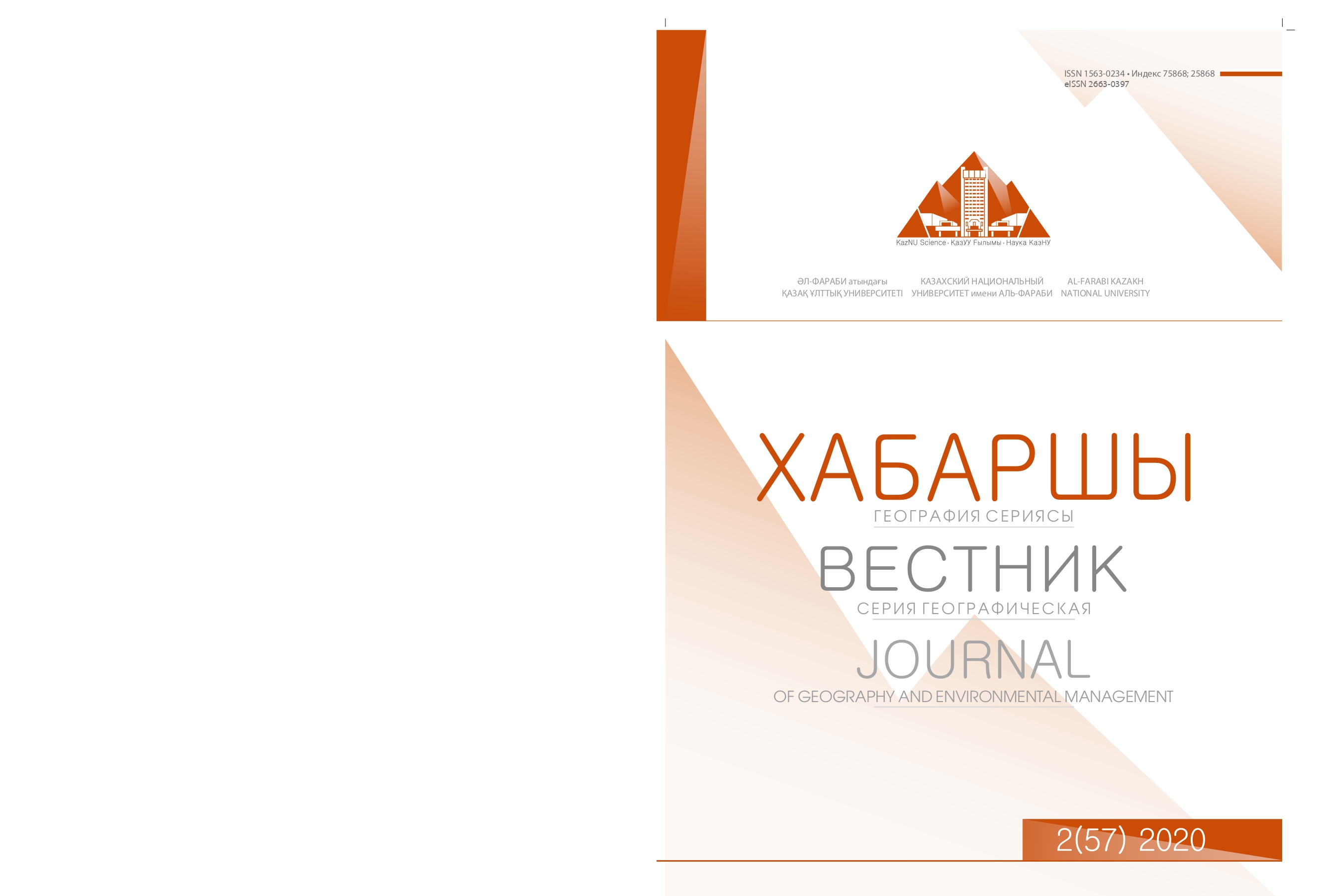Assessment of the large reservoirs impact on the Shu-Talas basin rivers runoff
DOI:
https://doi.org/10.26577//JGEM.2020.v57.i2.03Keywords:
statistical method, average annual water consumption, series uniformity, conditional natural flow, household flow.Abstract
The article based on the collection and analysis of hydrological data, the assessment of the impact of large reservoirs on the annual flow of the Shu-Talas river basin using well-known statistical methods was considered. Due to the insufficient hydrological database for the basin, the hydrological data series was restored using the analog method for the selected reporting period. The uniformity of the river series in this basin was evaluated using the StokStat program and the Student, Fisher, and Wilcoxon criteria. The results of the assessment showed a positive result, so integral curves were constructed to determine the degree of human economic activity that affects the flow of the river. Using the graphical method, it is established that the flow has changed and the date of its beginning coincides with the time of construction and commissioning of reservoirs. The results of the assessment showed a positive result, so integral curves were constructed to determine the degree of human economic activity affecting the flow of the river. Using the graphical method, it is established that the flow has changed and the date of its beginning coincides with the time of construction and commissioning of reservoirs. Statistical parameters of river flow that are subject to changes in flow under the influence of large reservoirs before and after construction were determined. The impact of reservoirs on runoff was estimated by comparing the possible values of different security obtained from the total integral curves and security curves constructed during natural and disturbed periods. The results of the study are of practical use in the design of reservoirs and the assessment of their impact on the regime.



